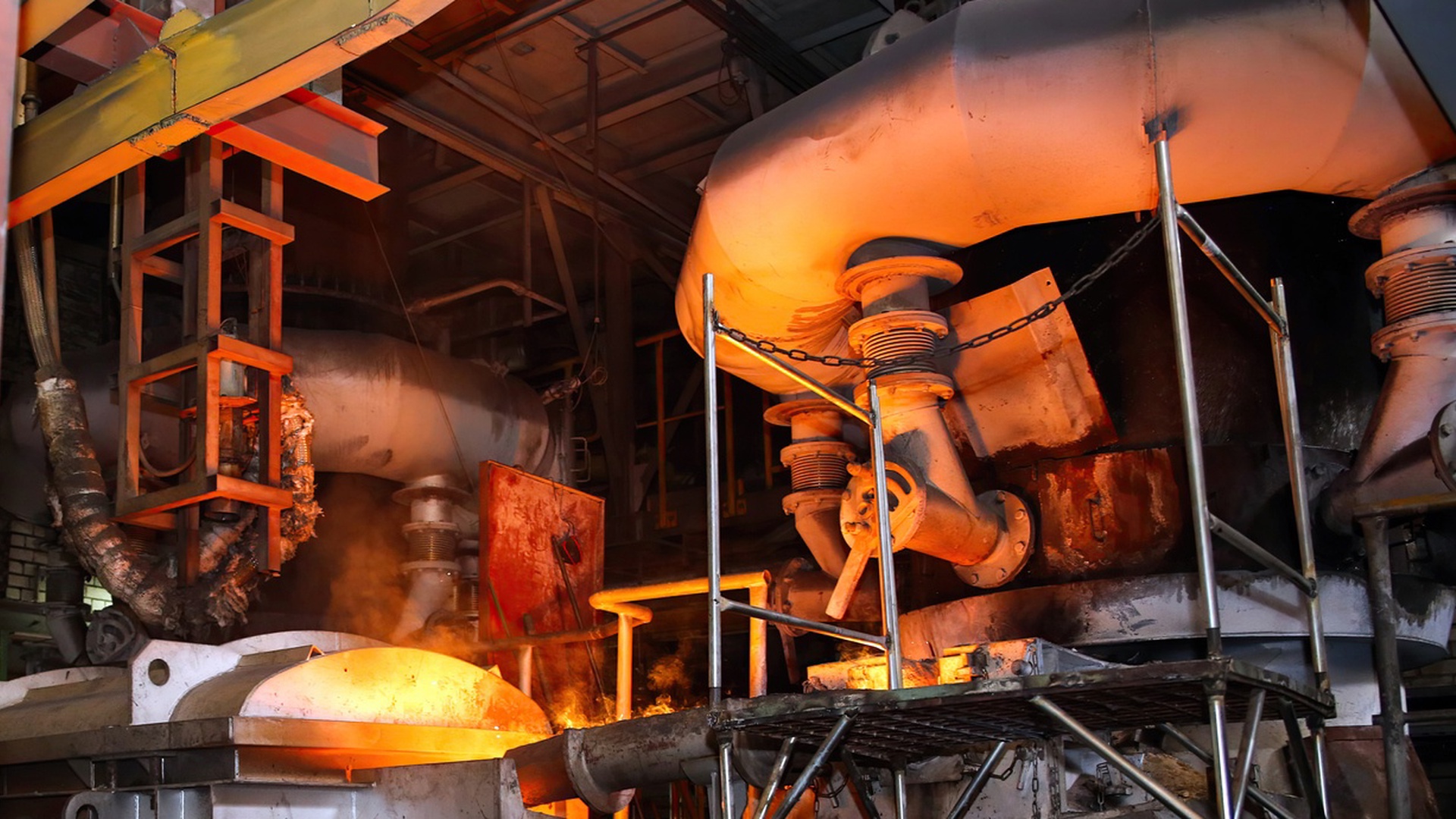

Hydrometallurgical methods are gaining traction as a promising approach for recycling superalloys, primarily due to their ability to recover high-purity critical raw materials (CRMs) such as rhenium (Re), ruthenium (Ru), and tantalum (Ta). However, these processes face significant technical, economic, and operational hurdles that hinder their widespread industrial adoption.
Superalloys typically contain a mix of 10 to 15 alloying elements, including nickel (Ni), cobalt (Co), chromium (Cr), tungsten (W), molybdenum (Mo), and others, many of which have overlapping chemical properties. This makes selective extraction challenging.
Elements like Ni²⁺ and Co²⁺ exhibit similar ionic behavior, necessitating the use of highly selective and expensive solvents or ion-exchange resins. Additionally, CRMs such as Re and Ru are often present in very low concentrations (3–6 wt.% of the alloy), making their economic recovery difficult. Extracting trace amounts from bulk metals requires multi-stage leaching and purification, increasing both cost and complexity.
Furthermore, contaminants such as oxide layers, coatings (e.g., thermal barrier coatings), and carbides formed during service reduce leaching efficiency. For example, separating Re from Mo in acidic solutions demands the use of thiocyanate-based solvents, which are not only toxic but also difficult to regenerate.
One major challenge in hydrometallurgy is the use of highly corrosive reagents such as hydrochloric acid (HCl), sulfuric acid (H₂SO₄), and chlorine gas. These require corrosion-resistant equipment, such as titanium-lined reactors, significantly driving up capital costs.
Additionally, phase separation presents difficulties. Fine particle residues from leaching make filtration challenging, and solvent extraction (SX) often leads to emulsions or third-phase formations, which reduce metal recovery efficiency.
Energy-intensive pre-treatment steps further add to the complexity and cost. Processes like crushing, grinding, and pre-leaching roasting (e.g., salt melt decomposition with NaOH/Na₂SO₄) require substantial energy input. A case study on the two-stage leaching of the PWA 1484 superalloy demonstrated the intricate setup required for Re recovery, involving electrochemical cells, anion-exchange membranes, and chlorine oxidation.
Hydrometallurgical recycling is often limited by high reagent costs and low throughput. Solvents such as CYANEX 272 for Co/Ni separation and ion-exchange resins are expensive and have limited reuse cycles. Additionally, because hydrometallurgical plants require precise control over chemical processes, they typically operate on a smaller scale, making them less competitive compared to bulk pyrometallurgical smelting.
Fluctuations in metal prices further complicate economic feasibility. For example, while nickel prices may hover around $20,000 per tonne, the process may only remain profitable if high-value CRMs such as rhenium, which can reach $1,590 per kilogram, offset costs.
Another challenge in hydrometallurgical recycling is incomplete leaching. Refractory metals like Re, Ta, and W often remain in solid residues, necessitating secondary treatments that increase processing time and expenses.
Additionally, the generation of secondary waste streams—such as spent acids, solvents, and sludge—requires costly neutralization and disposal, presenting environmental and regulatory challenges. Recycling itself can introduce new impurities into the material, degrading the quality of recovered superalloys. For example, aluminum contamination from Al-granulate used in leaching may reduce the performance of recycled alloys.
The environmental impact of hydrometallurgy is another significant concern. Toxic byproducts, such as chlorine gas and solvent degradation products (e.g., organophosphates), pose health and environmental risks. While hydrometallurgy is generally less energy-intensive than pyrometallurgy, it still relies on fossil fuels for reagent production and waste treatment, contributing to its carbon footprint.
Moreover, stricter regulations, such as the EU’s REACH guidelines on chemical usage and waste discharge, further increase compliance costs for companies operating hydrometallurgical recycling plants.
To overcome these challenges, researchers and industry leaders are exploring various innovative solutions:
Hydrometallurgical recycling of superalloys is a technically demanding and economically challenging process, constrained by complex multi-element separation, high operational costs, and regulatory hurdles. Despite these obstacles, its unparalleled ability to recover high-purity CRMs makes it an essential component of sustainable superalloy recycling.
For hydrometallurgy to become a commercially viable solution, advancements in solvent selectivity, waste management, and energy efficiency are crucial. Collaboration between metallurgists, chemists, policymakers, and investors will be key in transforming these recycling methods into a pillar of circular economy strategies for critical metals.
Srivastava, Rajiv Ranjan; Kim, Min-seuk; Lee, Jae-chun; Jha, Manis Kumar; Kim, Byung-Su . (2014). Resource recycling of superalloys and hydrometallurgical challenges. Journal of Materials Science, 49(14), 4671–4686. doi:10.1007/s10853-014-8219-y